The car combination switch is an important component in modern cars, which is responsible for the operation of multiple functions. It integrates multiple control functions and is usually located on the steering column. It is an important tool for the driver to interact with the electronic system in the car. Whether it is adjusting the lights, controlling the wipers, or adjusting the speed during driving, the car combination switch plays a vital role. With the continuous advancement of automobile technology, modern car combination switches are not limited to basic functions. Many new vehicles have integrated more control options into this device.
A typical car combination switch combines multiple independent functions, such as:
Light control: including high and low beam lights, width lights, fog lights, etc.
Wiper and water spray system: control the switch, speed and water spray function of the wipers.
Cruise control: control the speed of the vehicle and maintain the cruise state.
Turn signal light: a signal light used to indicate the direction of the turn.
In-vehicle information display: control the infotainment system or other function settings.

The working principle of the car combination switch is to control various functional modules through electrical signals. Each function has a separate circuit, and when the driver operates the combination switch, the corresponding electrical signal is transmitted to the vehicle's control system to activate or adjust the relevant function. The combination switch is usually designed to be tightly integrated with the car's electronic system, and the operation is simple and intuitive, allowing the driver to complete multiple operations without frequently switching their eyes while driving.
The wiper control switch is usually located on one side of the combination switch. The driver selects the speed of the wipers by turning or pulling a lever, and the light control may adjust the beam direction and intensity in a similar way. All of these operations are transmitted to various parts of the car through electrical signals to ensure smooth operation of each function.
One of the most basic functions is to control the lights of the car. The driver can control the high beam, low beam, width lights, brake lights and fog lights through the combination switch. For some high-end vehicles, the combination switch may also include an automatic sensing light function, and the lights will automatically adjust according to the ambient brightness.
When driving in rainy days, the control of the wipers is very critical. The car combination switch can adjust the speed of the wipers, and some models are also equipped with an automatic wiper function, which automatically activates the wipers and adjusts their speed by sensing rain.
Many modern cars are equipped with cruise control systems, which allow drivers to easily set the speed through the combination switch and maintain a constant speed on the highway or for long drives. This not only improves driving comfort, but also improves fuel efficiency.
Turn signals are used to alert other drivers that they are about to change direction or lane, while emergency warning lights are used to alert other vehicles of potential dangers or accidents. The car combination switch integrates these key safety functions to ensure that drivers can give timely signals in different situations.
As in-vehicle technology develops, modern car combination switches are also beginning to integrate more functions. Many new in-vehicle information systems, such as audio adjustment, voice recognition, navigation control, etc., are now integrated into the combination switch, making it easier for drivers to operate while driving.
By integrating multiple control functions into one switch, the car combination switch reduces the number of buttons and switches on the dashboard in the car. The driver can control multiple in-vehicle systems with just one or a few simple movements, which greatly improves the convenience of operation.
Centralized control of multiple key functions helps reduce the driver's operating distractions. By easily adjusting wipers, lights, etc., the driver can focus more on the road conditions and reduce the risk of traffic accidents.
Traditional cars may require multiple buttons and switches to control different functions, while modern combination switches integrate these functions into one area, which not only reduces the complexity of the dashboard, but also saves space in the car, making the interior layout more concise and beautiful.
With the advancement of technology, car combination switches are gradually moving towards intelligence. For example, the combination switches of some vehicles have been connected to the vehicle's automatic driving system, voice assistants and other smart devices, making the driver's driving experience smoother and more pleasant.
With the advancement of intelligent technology, the functions of car combination switches will continue to expand and optimize. The combination switches of the future may not be limited to physical buttons, and touch screens, voice control and even gesture control may become common operating methods. Automakers will also combine artificial intelligence technology to enable car combination switches to automatically adjust settings according to the driver's driving habits and environment, further improving driving safety and convenience.


 English
English Español
Español
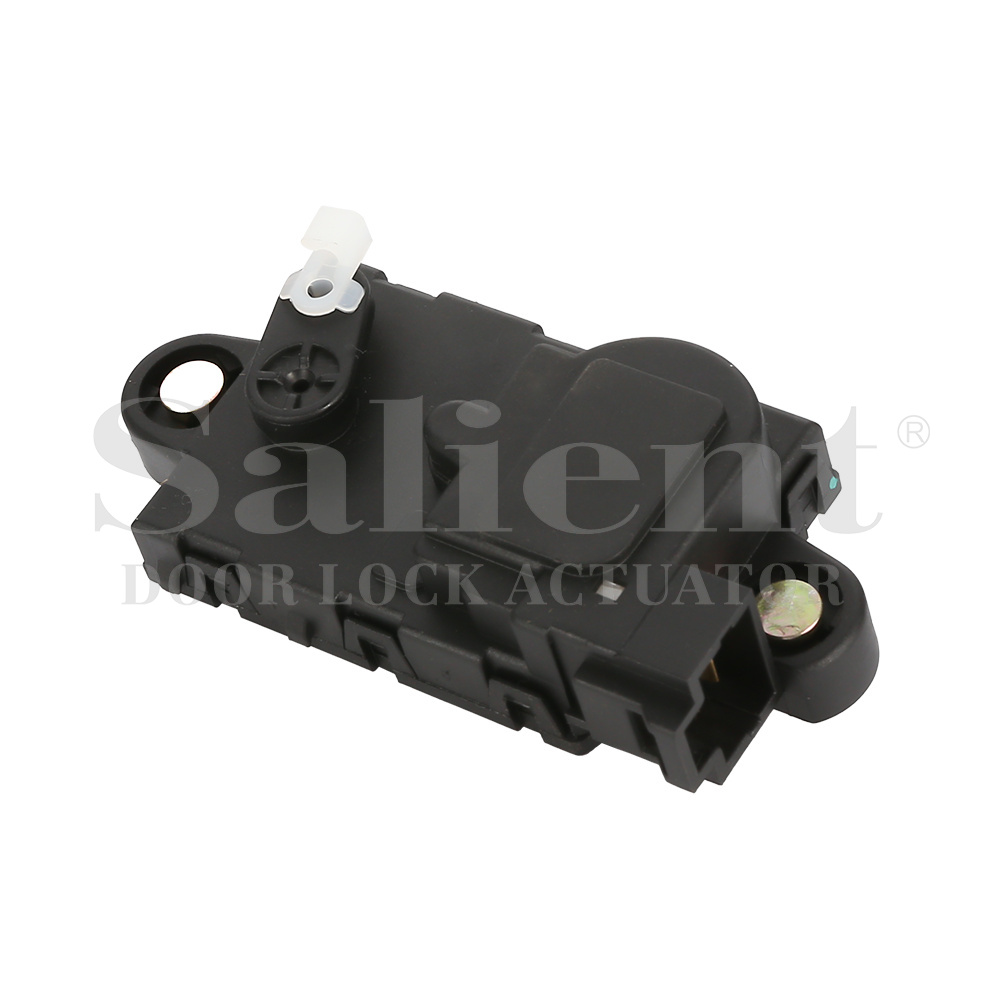
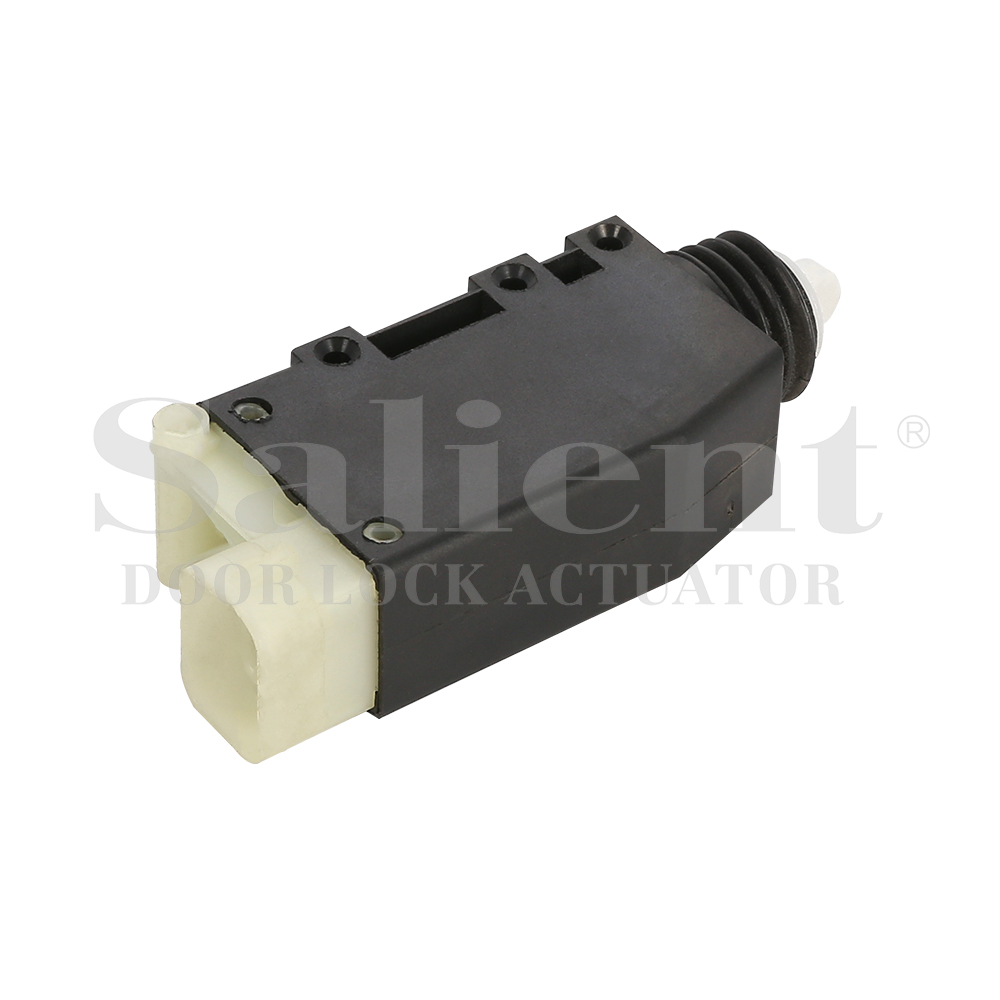
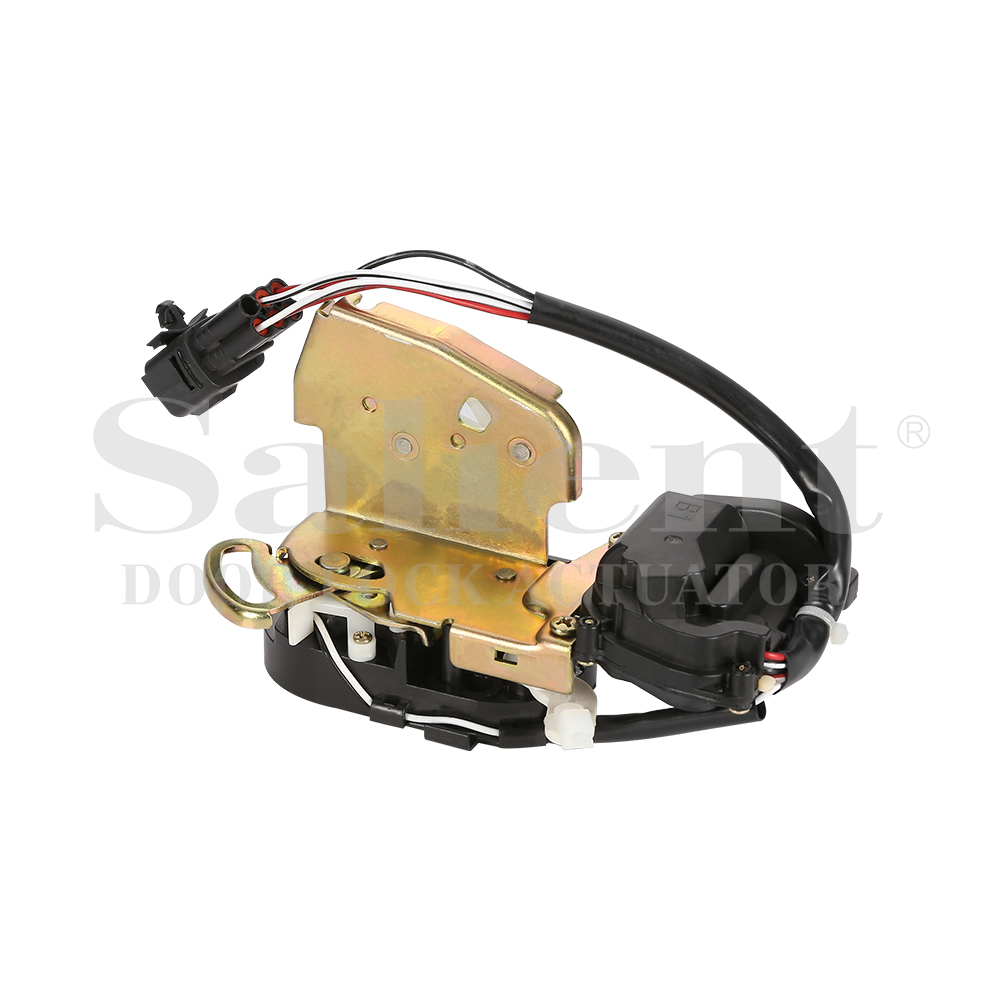
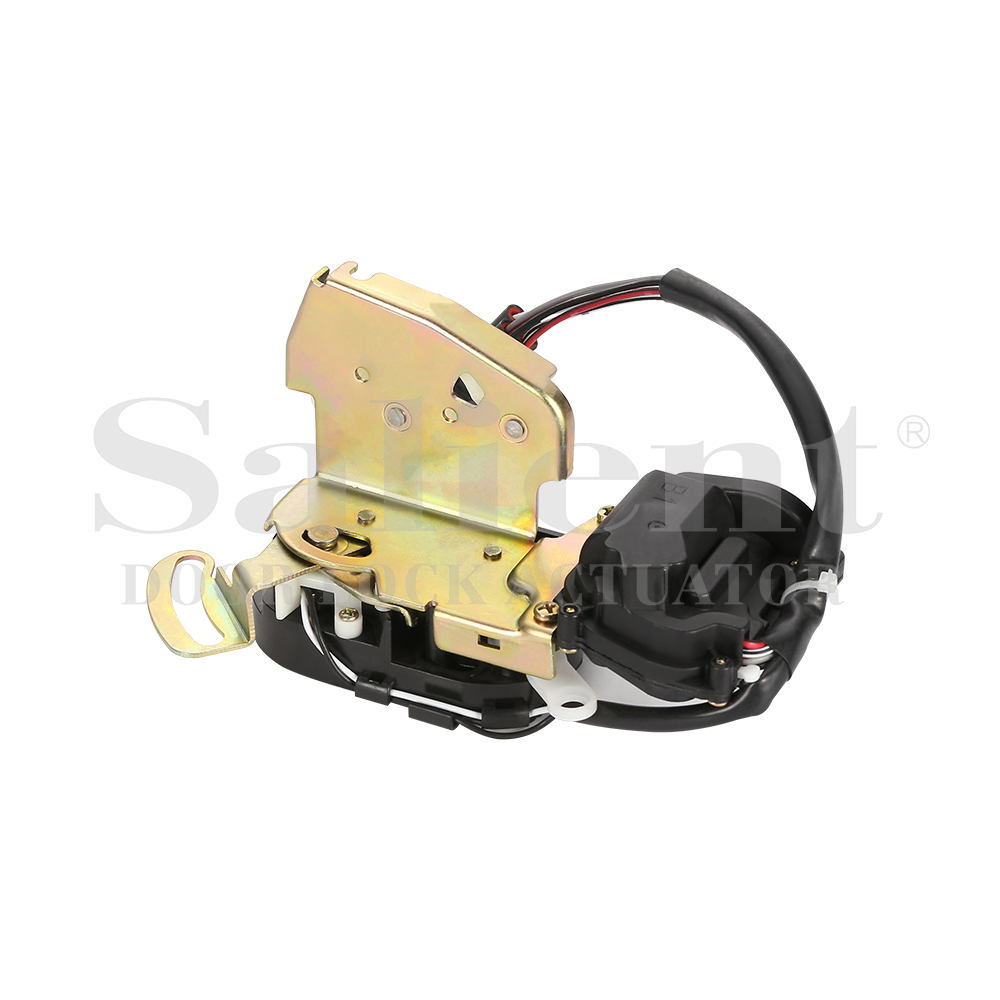
-1.jpg)
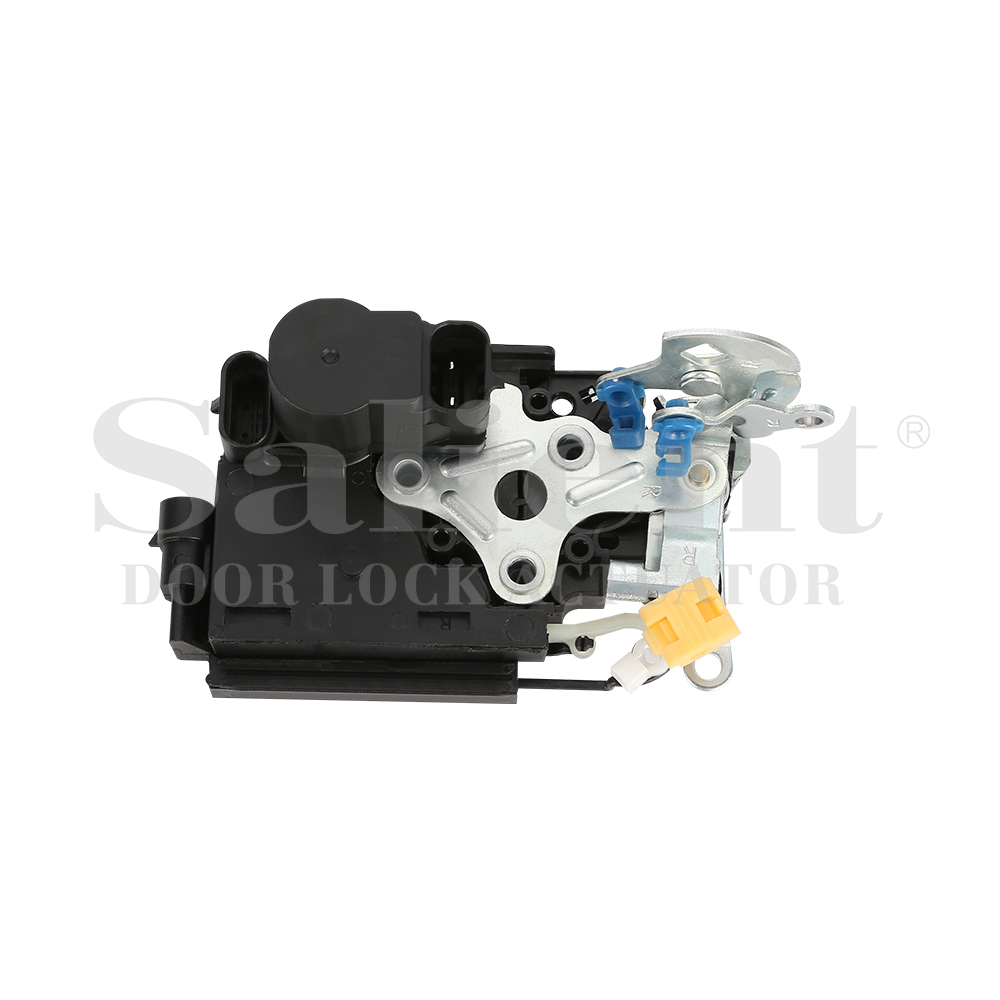

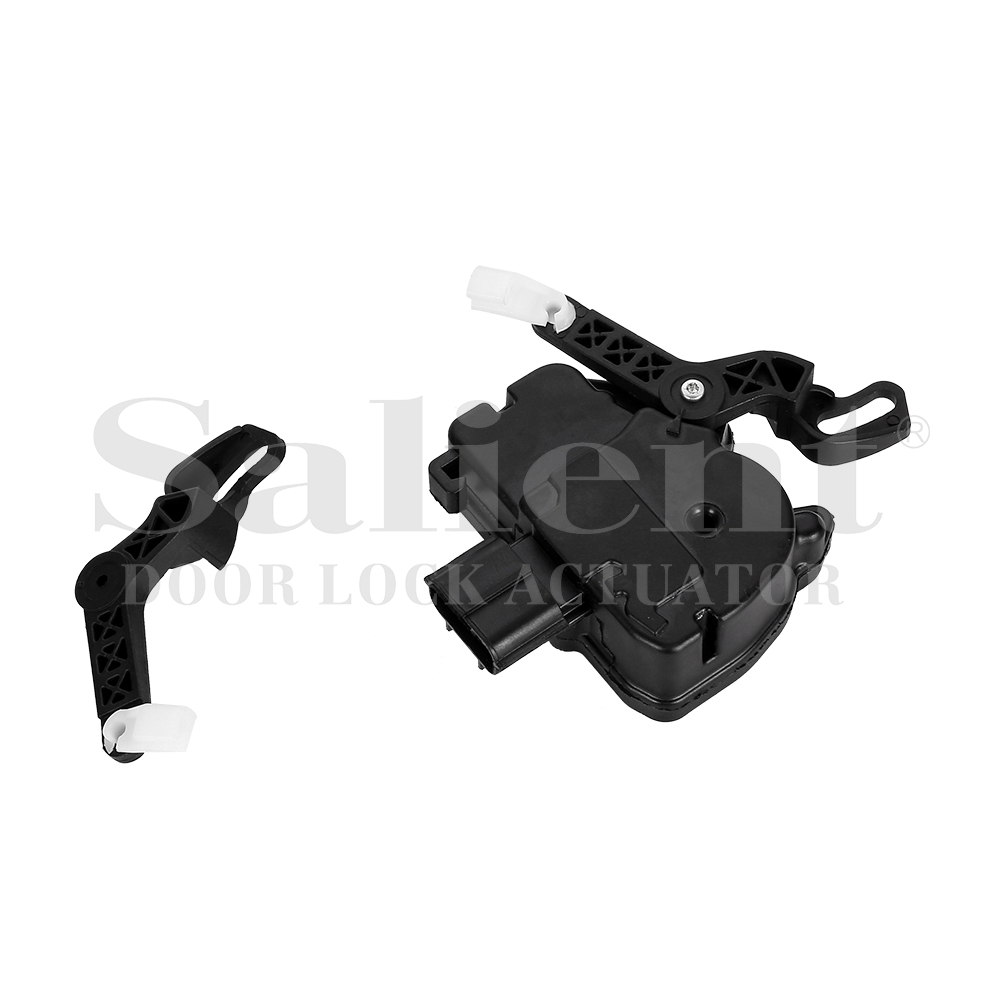
.jpg)
.jpg)
.jpg)
.jpg)

